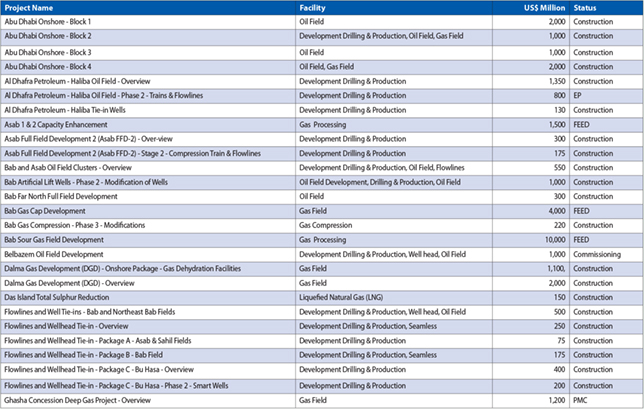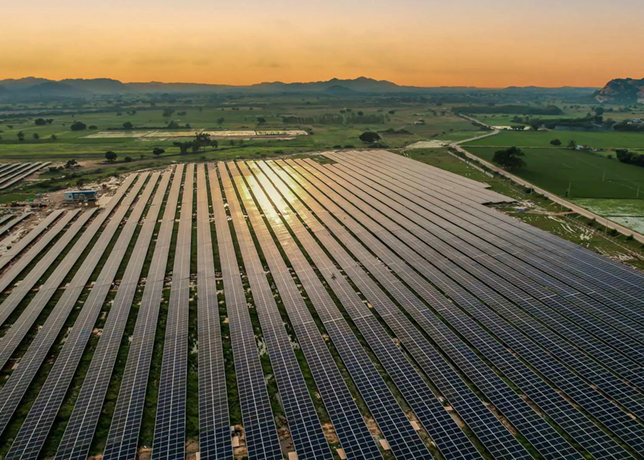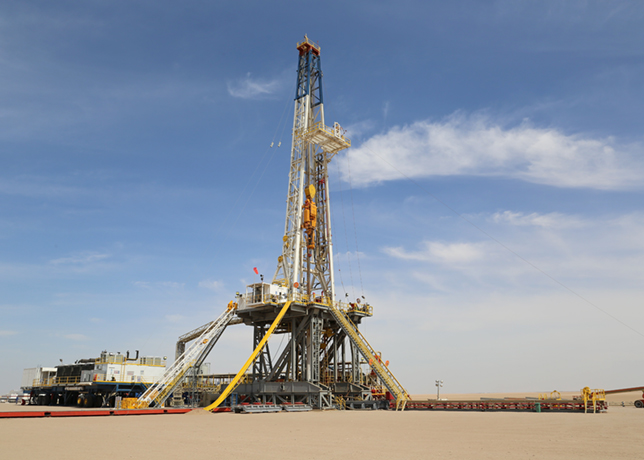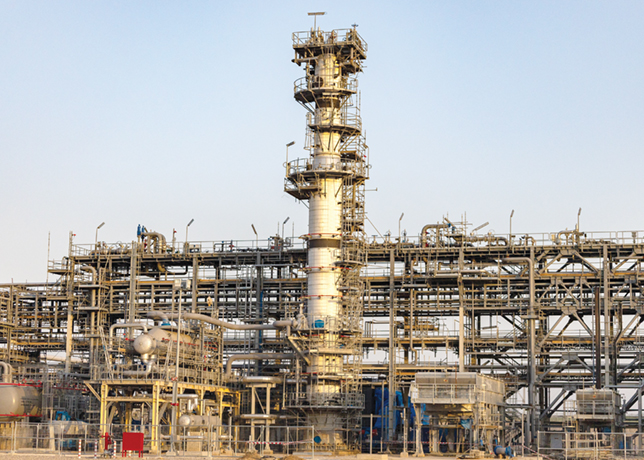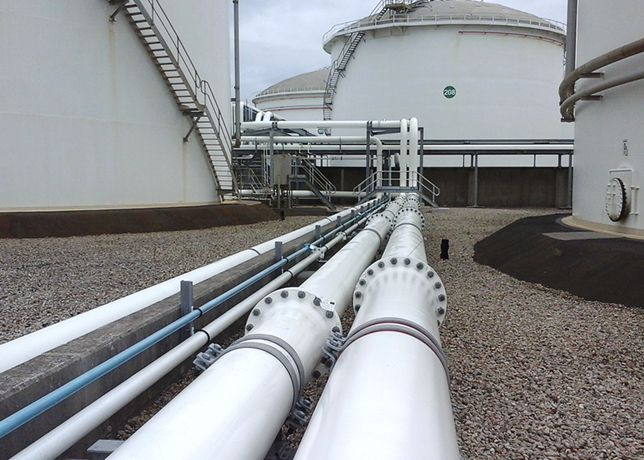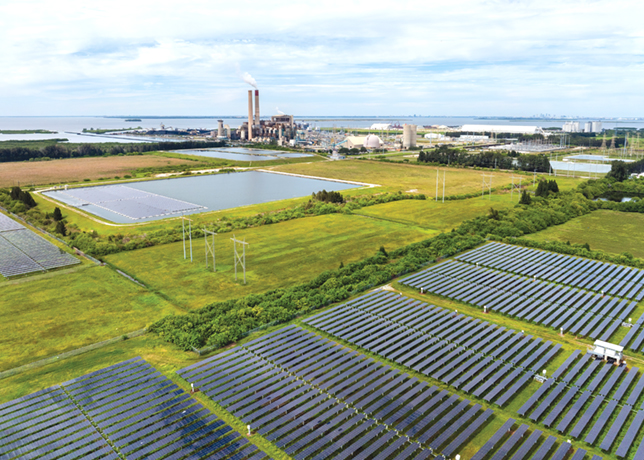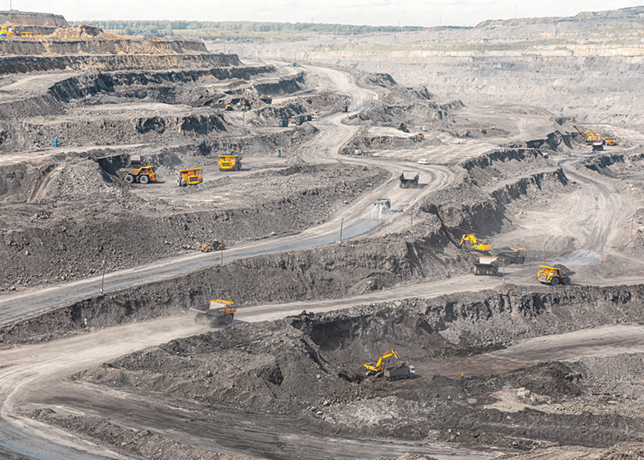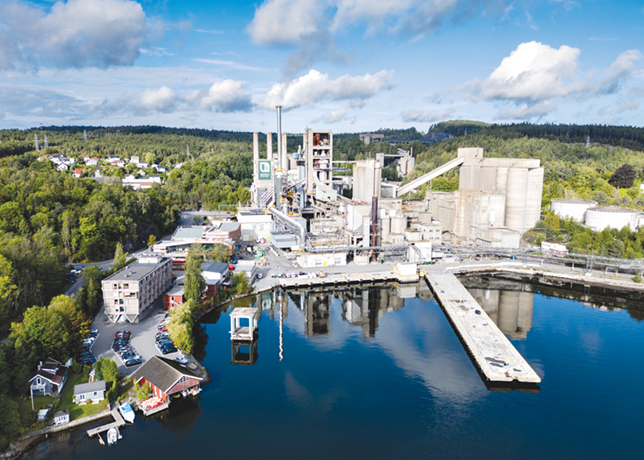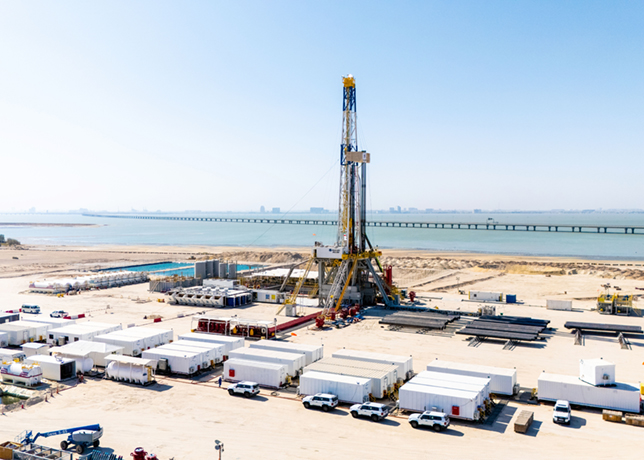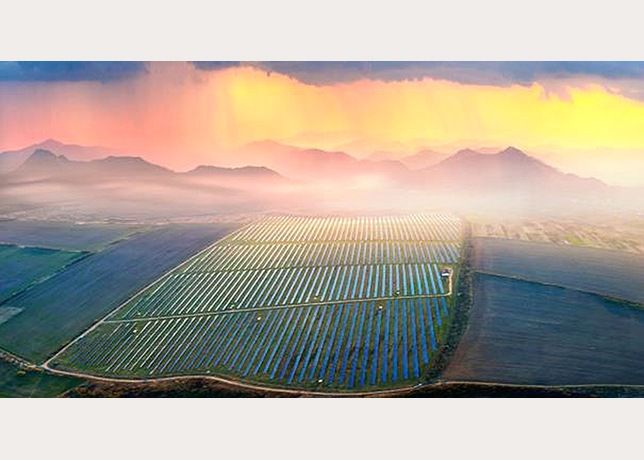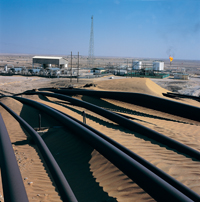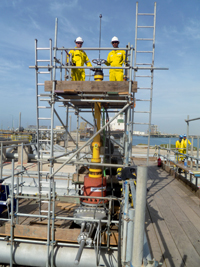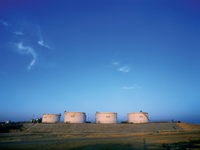
 Shale ... very much in vogue
Shale ... very much in vogue
OMAN says the ‘shale oil boom’ sweeping across North America, and indeed other countries of the world, will not sway its current strategy for developing its hydrocarbon reserves in support of the nation’s developmental goals.
Oil and Gas Minister Dr Mohammed bin Hamed al Rumhy says the sultanate, while staying the course in the development of its oil and gas potential, would at the same time continue to carefully monitor global trends impacting energy demand and prices.
“We have to wait and see,” Dr Al Rumhy says in response to warnings by energy analysts urging producers in the Middle East to pay heed to the so-called ‘shale explosion’ that has virtually upturned the energy market in North America.
“We have to focus on what we’re doing here,” he stresses. “What’s happening in US, or in other industries or in other sources of energy – whether it’s renewable or shale gas or shale oil – is inevitable and will evolve over time. I think if we sit every morning making a decision depending upon what others are doing, then we are going to be in trouble, if you ask me. I think we need focus on our own developments – to develop our people, to develop our resources, and so on, and let’s hope we succeed both locally in our development and internationally in terms of market requirement.”
But the Ministry, he notes, would not be complacent in the face of developments unfolding across the global energy landscape. “Of course, we are closely following what’s happening – we have to! We are following the oil price, when it goes up or down, and if you think about it, there’s nothing really one can do about it. So let’s hope (the experts) are wrong. The business of producing conventional resources will be just as important as it has been in the past, and let’s hope for the best,” Dr Rumhy adds.
Shale oil (also known as light tight oil) is rapidly emerging as a significant and relatively low cost new unconventional resource in the US. There is potential for shale oil production to spread globally over the next couple of decades, according to some experts.
In the US, shale oil production has been accelerating, growing from 111,000 barrels per day (bpd) in 2004 to 553,000 barrels bpd in 2011 (equivalent to a growth rate of around 26 per cent per year), according to a recent study by PricewaterhouseCoopers (PwC). As a result, US oil imports are forecast to fall to their lowest levels this year for over 25 years, the study says.
Citing projections by the US Energy Information Administration (EIA), the PwC study predicts that shale oil production in the US will rise more slowly in the future to around 1.2 million barrels per day by 2035 (equivalent to 12 per cent of projected US production at that date). Global shale oil production has the potential to reach up to 14 million barrels of oil per day by 2035 (also amounting to amounting to 12 per cent of the world’s total oil supply).



